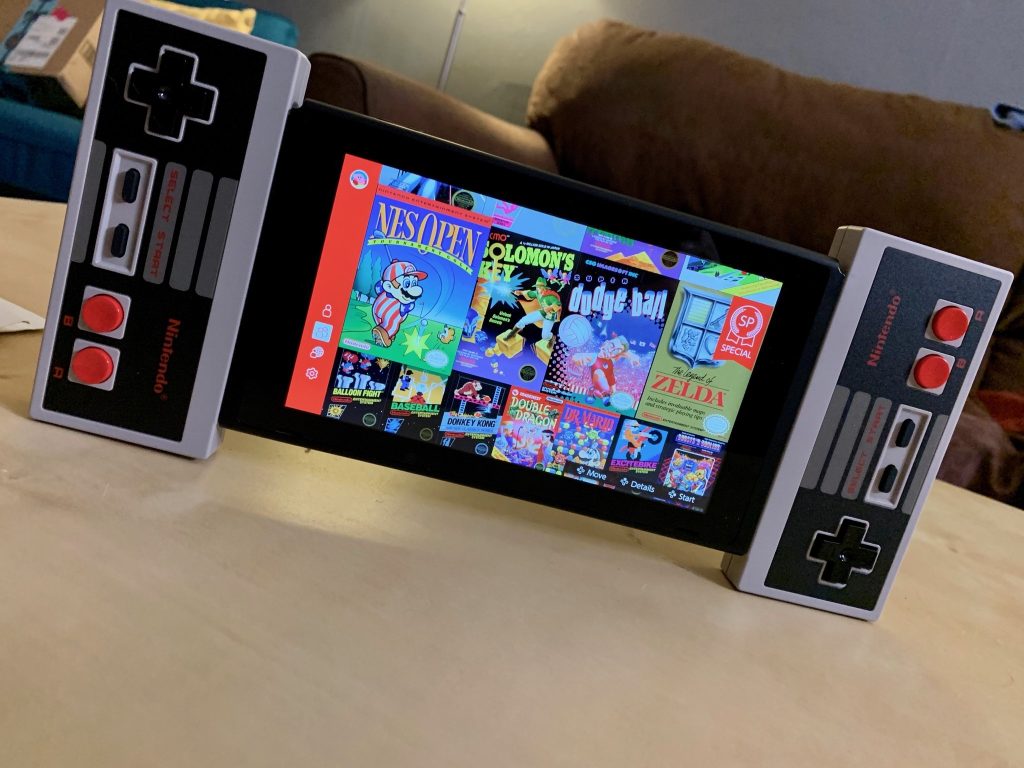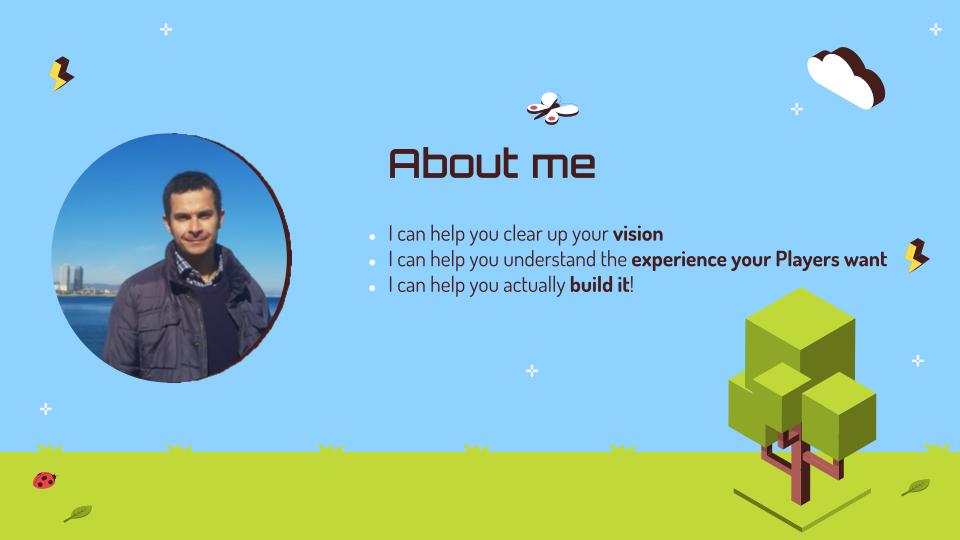The main difference between a game and other forms of entertainment is action and interaction. As I said in the previous post, action is a verb, is to do something. Interaction, instead, means communicate with some system within the game.
It can be a narrative system, it can be a level system. It can also be an exploration system. Interacting with the World of the game means exploring the game. Some game has walking, running, and riding mechanics. Some other game has menus to navigate and figure out what to do and why.
The main reason to explore a game is discovery. Discovery can be very fun when the Players understand subtly one simple secret: you can miss something.
When you read a book you read line by line. When you watch a movie you look at a series of scenes. When you play a game, instead, you decide what to do. And maybe you can miss something out.
That is something in common with social media, nowadays. Which is also why they are partly substituting videogames as entertainment, in my opinion.


